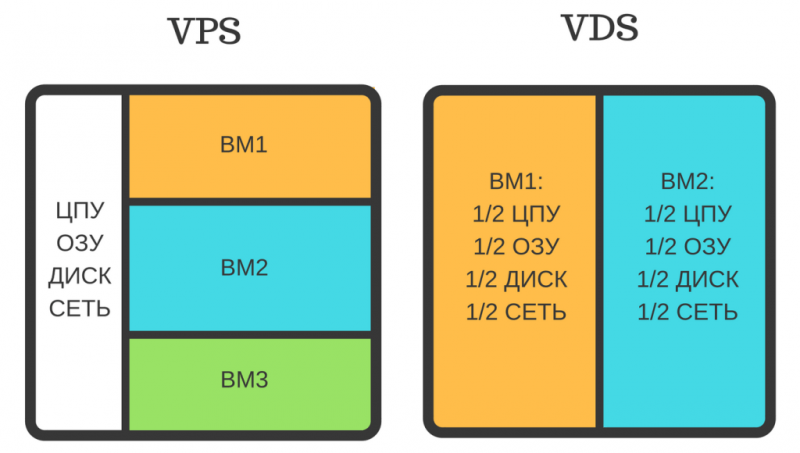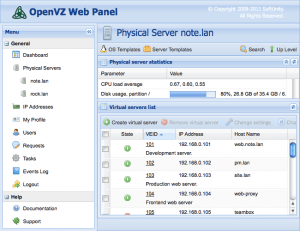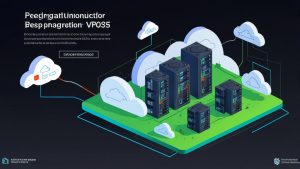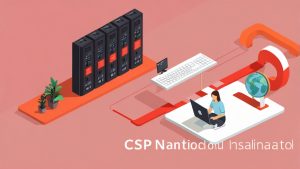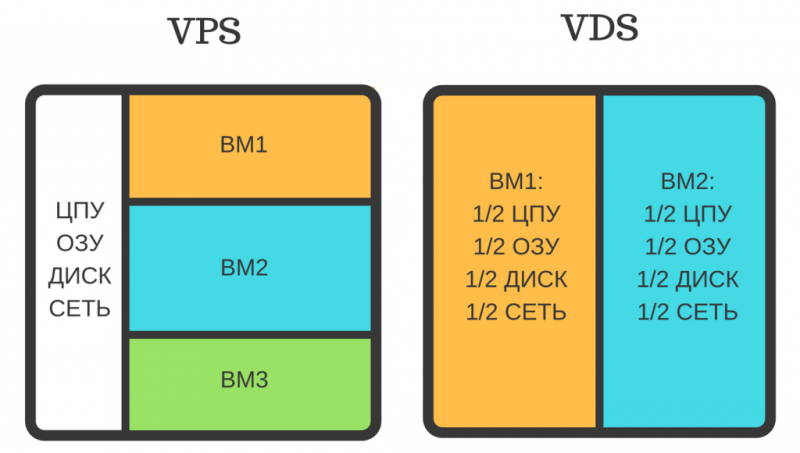What’s the Difference Between VPS and VDS?
In the world of server virtualization, there are many terms that can be confusing for a beginner. Two such terms are VPS and VDS. At first glance, they seem similar, but in reality, they have significant differences.
VPS (Virtual Private Server) and VDS (Virtual Dedicated Server) are virtual servers created on one physical server using a hypervisor. Both options allow you to work with the server, install software, customize the system, and manage it remotely.
But here’s the main difference between VPS and VDS: VPS provides a virtual server on shared resources of the physical server, while VDS provides fully dedicated resources.
In other words, on VDS, all resources (CPU, memory, disk space) are dedicated and guaranteed for your server. You won’t experience performance issues due to other users, as all resources will be exclusively available to you.
On the other hand, VPS offers a cheaper and more accessible solution for those who do not require maximum performance and are willing to share resources with other users on the server. This is an excellent choice for small projects, testing, or personal use.
Thus, when choosing between VPS and VDS, you should pay attention to your performance requirements, budget, and level of control over the server. Both options have their advantages and are suitable for different tasks.
Regardless of your choice, it is important to remember that proper server configuration is the key to the successful operation of your project. Therefore, do not rush to make a decision, study all the pros and cons of each option and choose what suits you best.

